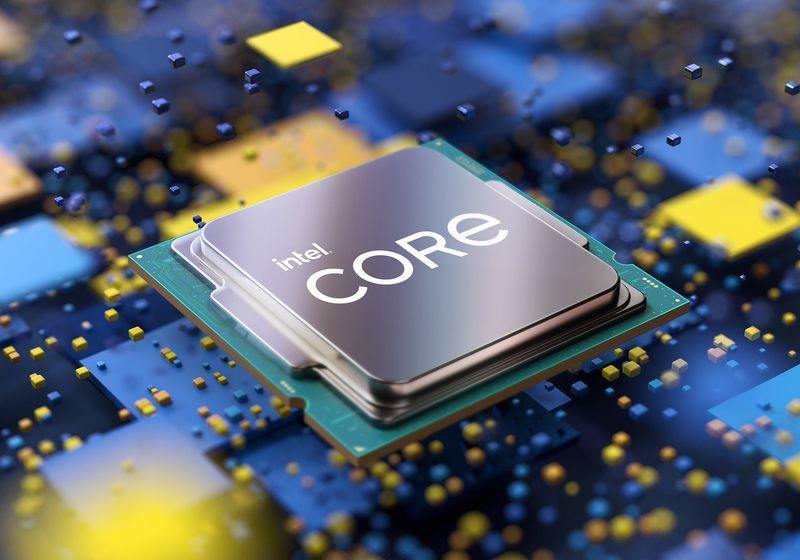Intel Core i9-12900K processor from the Alder Lake S family, which is scheduled for release later this year, has made an appearance once again. It was spotted at SiSoftware Sandra and shows the clock rates and the performance between threads.
The Intel Core i9-12900K clocks at 5.0 GHz and offers impressive performance
The new Intel Alder Lake processors bring a host of new features. The new processors offer DDR5 RAM support, a PCIe 5.0 interface, and support for WiFi 7. But there are also architectural changes as the monolithic design of the cores is abandoned. These new processors will have a design of efficient cores and high-performance cores.
SiSoftware Sandra shows the frequencies that the new cores could have. First, there will be the frequency of the P-Core (Golden Cove, power cores) and the E-Core (Gracemont, efficient cores).
The Intel Core i9-12900K processor will have a total of 8 P-core and 16 processing threads and 8 E-Core and 8 processing threads. This processor will have 30 MB of L3 cache, 24 MB for the P-core, and 6 MB for the E-Core. 3 MB per P-core and 3 MB per E-Core cluster, with each cluster having 2 cores.
The P-cores will have a base frequency of 3.2 GHz and reach a boost frequency of 5.3 GHz. On the other hand, the E-Core will have a base frequency of 3.0 GHz and reach a boost frequency of 3.9 GHz. These are the frequencies for only one core, but for all cores, it would be a maximum of 5.0 GHz for the P-cores.
We can see in the database that the P-core of the Core i9-12900K that this processor would operate at 5.08GHz. The E cores of this processor, on the other hand, worked at a frequency of 3.6GHz. It is also mentioned that the TDP of the PL1 would be 125W.
In terms of inter-thread efficiency, which measures the communication between threads, cores, modules, nodes and packets, the Core i9-12900K achieved an average of 112.3 GB/s. The Core i9-10900K comes in at 85.89 GB/s and the Core i9-11900K at 80.60 GB/s. Note that the AMD Ryzen 9 5950X and Ryzen 9 5900X processors offer better performance.
There are doubts about the gaming and other performance of the new Intel Alder Lake processors. These processors are based on the P-Core and E-Core, a new core structure. Games and various tools focused on only one type of core, which made it “very easy” to program them. There are doubts about the performance of these hybrid processors.
Microsoft is said to have developed Windows 11 partly because of Intel’s new processors. In addition, the company has indicated that it has been working on optimizing the new operating system for Intel Core processors. This leaves many doubting the final performance we can achieve.
It is noticeable that the new Alder Lake processors cannot surpass the current AMD Ryzen processors in terms of efficiency. These new Intel processors are based on the 10nm SuperFIN node, while the Ryzen processors are based on TSMC’s 7nm node. Intel’s new node is supposed to be fantastic, but it’s true that it’s years behind schedule.
